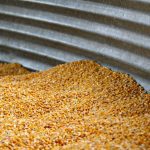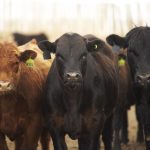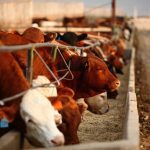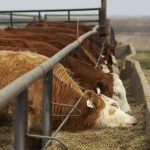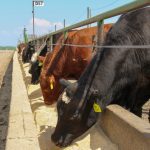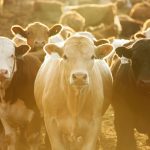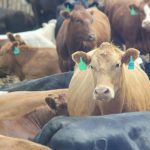For the week ending Nov. 18, western Canadian feeder cattle prices traded $3-$5/cwt on either side of unchanged compared to seven days earlier. Buyers appeared to shrug off the weaker futures market and the defensive tone from a week earlier evaporated. Eastern Prairie markets were firm, with larger packages of quality cattle trading a solid […] Read more
